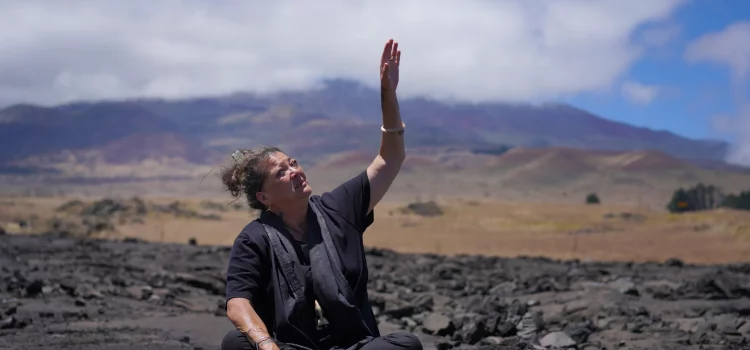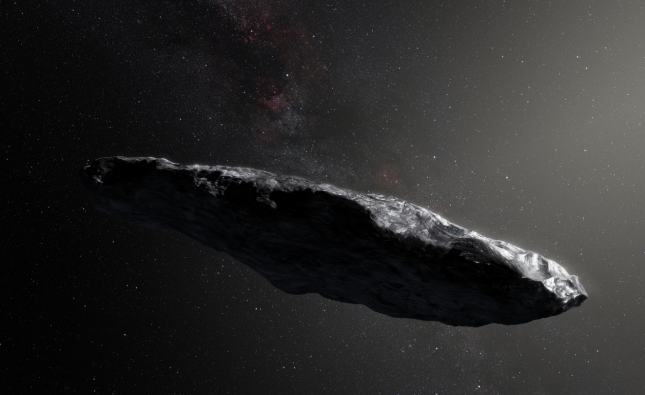
Introduction
Nestled within the Hawaiian archipelago, Mauna Kea stands as both a majestic peak and a site of profound controversy. At its heart lies a clash between scientific progress, environmental conservation, and the preservation of sacred indigenous land. This ongoing debate has ignited fervent discussions among astronomers, conservationists, and indigenous groups, each advocating for their distinct perspectives regarding the use of Mauna Kea.
Astronomy’s Quest and the Mauna Kea Appeal
Mauna Kea’s summit boasts unrivaled conditions for astronomical observation. Its high altitude, minimal atmospheric interference, and stable climate make it an astronomer’s paradise. For decades, observatories have adorned its slopes, fostering groundbreaking discoveries and furthering humanity’s understanding of the cosmos. The allure of Mauna Kea lies not just in its scientific potential but also in the capacity to advance space exploration and unveil the mysteries of the universe. The proposed Thirty Meter Telescope (TMT), a cutting-edge observatory designed to delve deeper into space, epitomizes this quest for knowledge.
Conservation Concerns
Opposing this astronomical pursuit, conservationists raise pertinent concerns about Mauna Kea’s fragile ecosystem and the ecological repercussions of extensive construction. The mountain’s unique biodiversity, with numerous endangered species endemic to its slopes, faces the threat of disruption and habitat loss. Moreover, the continuous development of observatories on Mauna Kea has left an indelible mark on the landscape. The cumulative effect of infrastructural expansion raises alarms about the irreversible environmental damage and the need for greater conservation measures.

Cultural Significance and Sovereignty
Central to this discourse are the indigenous voices, particularly the Native Hawaiian communities, for whom Mauna Kea holds profound spiritual and cultural significance. Revered as a sacred site and regarded as the piko, the umbilical cord connecting the land to its people, Mauna Kea is ingrained in the spiritual fabric of the Hawaiian culture. For indigenous groups, the debate transcends environmental concerns; it embodies a struggle for the recognition of their rights, sovereignty, and the protection of sacred land. The construction of the TMT is perceived as a desecration of their heritage and a continuation of historical injustices against indigenous communities.
Navigating Complexities
Amidst these diverging viewpoints, finding a middle ground becomes an intricate endeavor. Initiatives aiming for collaborative decision-making processes have emerged, attempting to bridge the chasm between stakeholders. Engaging in respectful dialogue, acknowledging historical grievances, and seeking equitable solutions have become paramount in navigating this complex terrain. Several proposals have surfaced, advocating for the relocation of the TMT to alternative sites or implementing stricter regulations to minimize environmental impact while respecting indigenous cultural values. However, reaching a consensus remains elusive, with entrenched positions and divergent interests posing significant hurdles.

Conclusion
The discourse surrounding Mauna Kea embodies the multifaceted nature of contemporary societal challenges, intertwining scientific advancement, environmental stewardship, and indigenous rights. The ongoing debates underscore the necessity for inclusive dialogue, ethical considerations, and a holistic approach that honors both scientific exploration and cultural heritage. The resolution lies not merely in choosing between scientific progress and cultural preservation but in fostering a harmonious coexistence that respects diverse perspectives. It necessitates a conscientious effort to reconcile conflicting interests, uphold environmental integrity, and honor the spiritual and cultural values of indigenous communities. As the discussions persist and the tensions endure, the hope remains that through collective empathy, mutual understanding, and a shared commitment to stewardship, Mauna Kea can serve as a beacon of harmony a testament to the unity of human curiosity, environmental responsibility, and cultural reverence.










